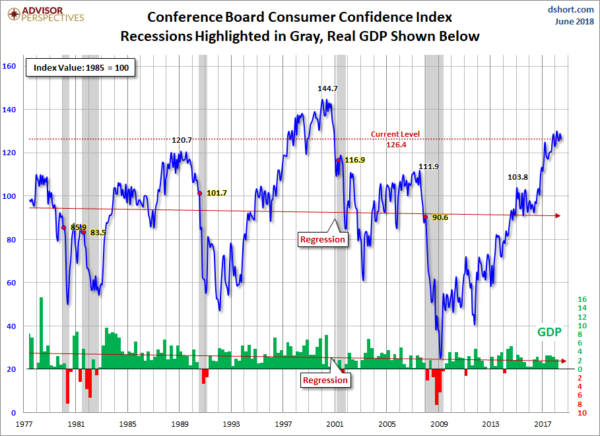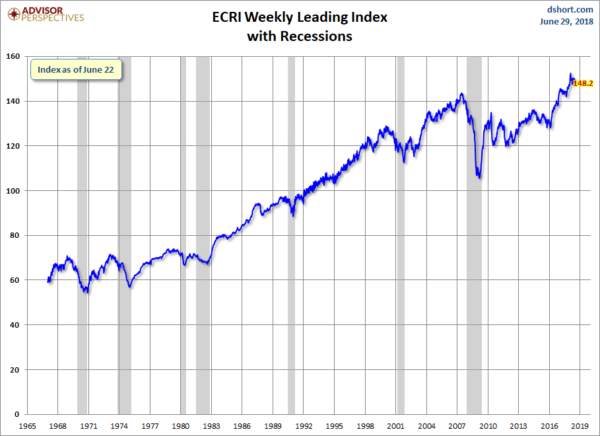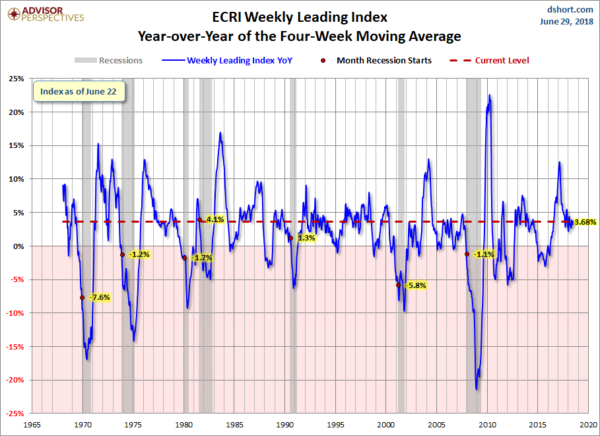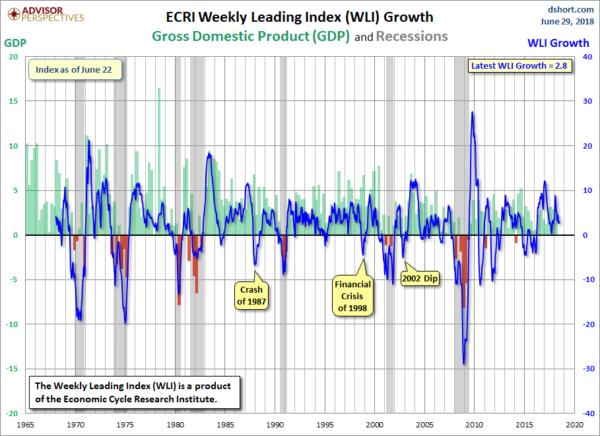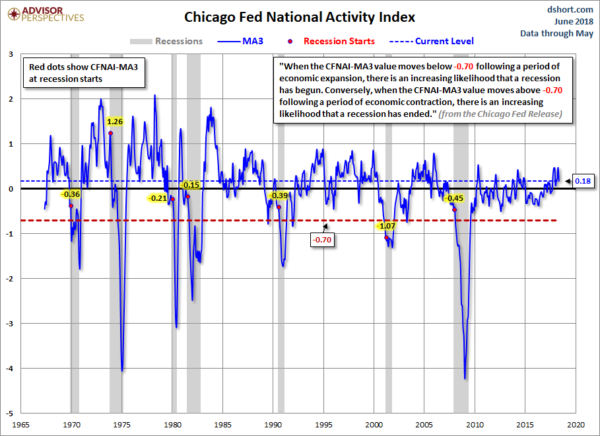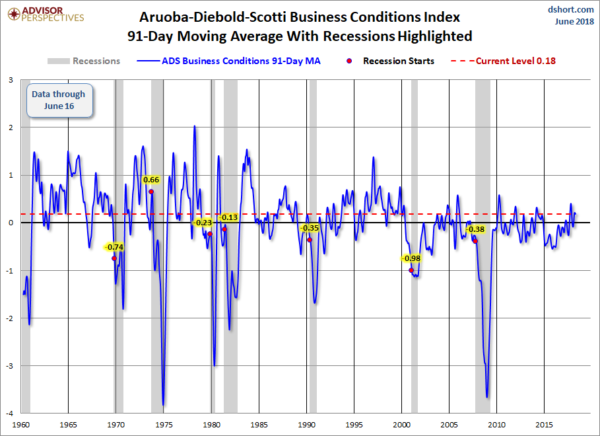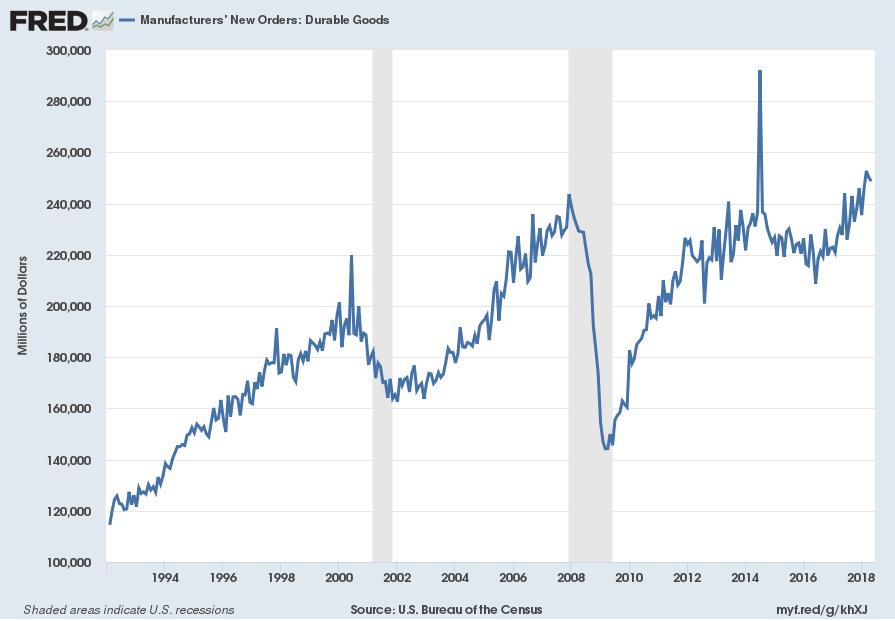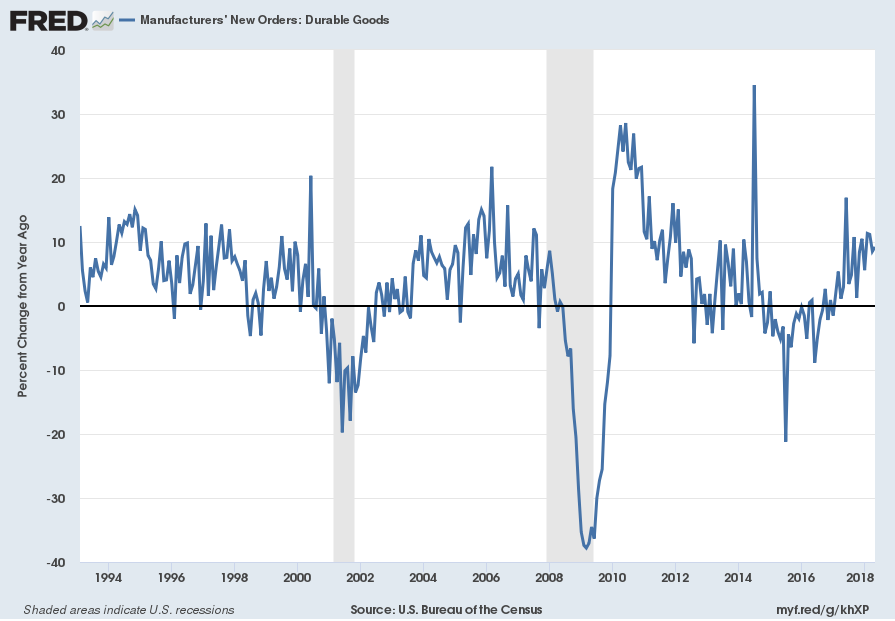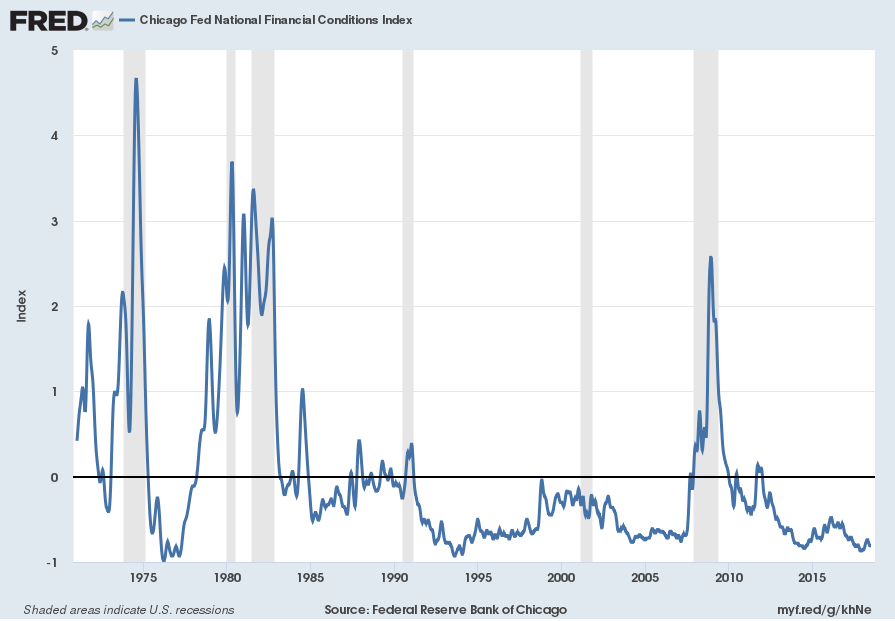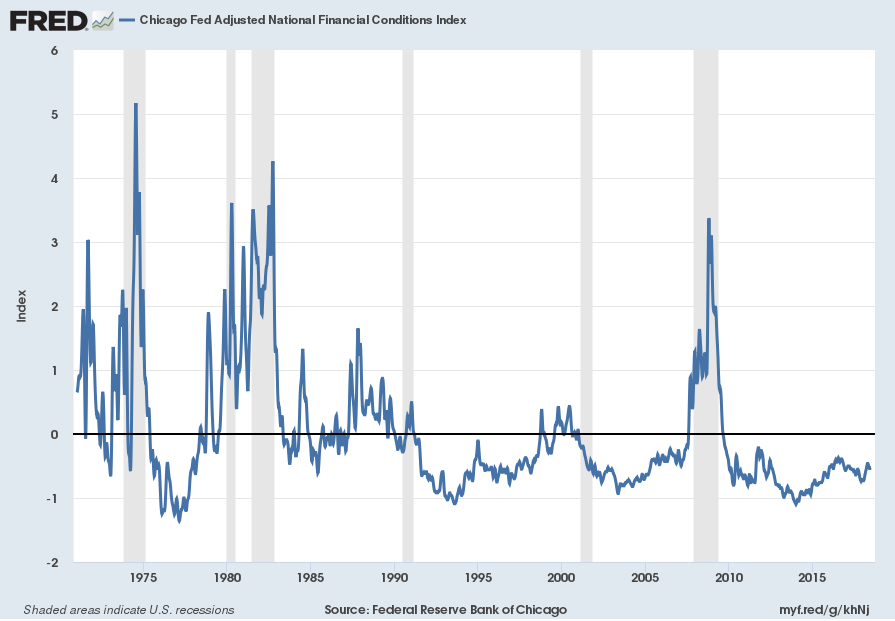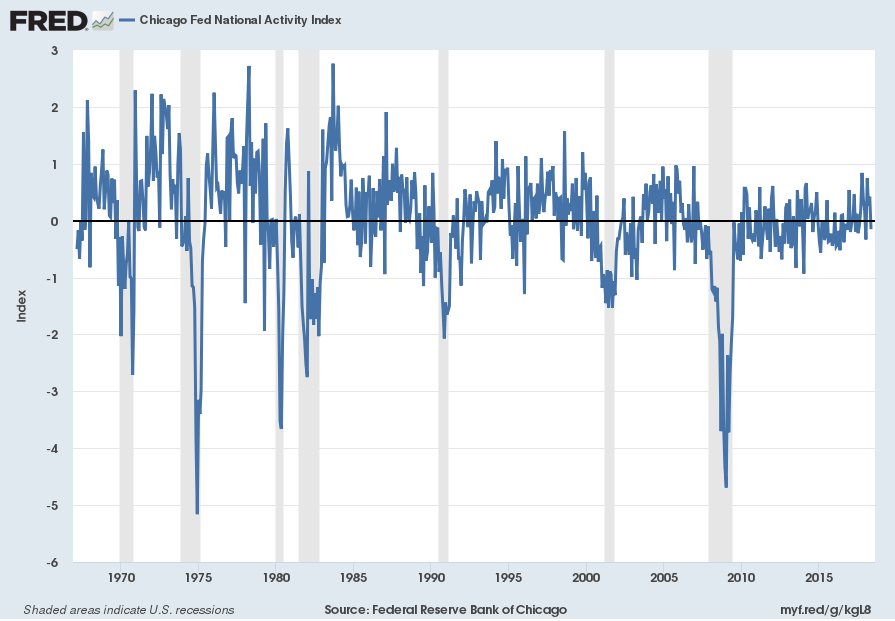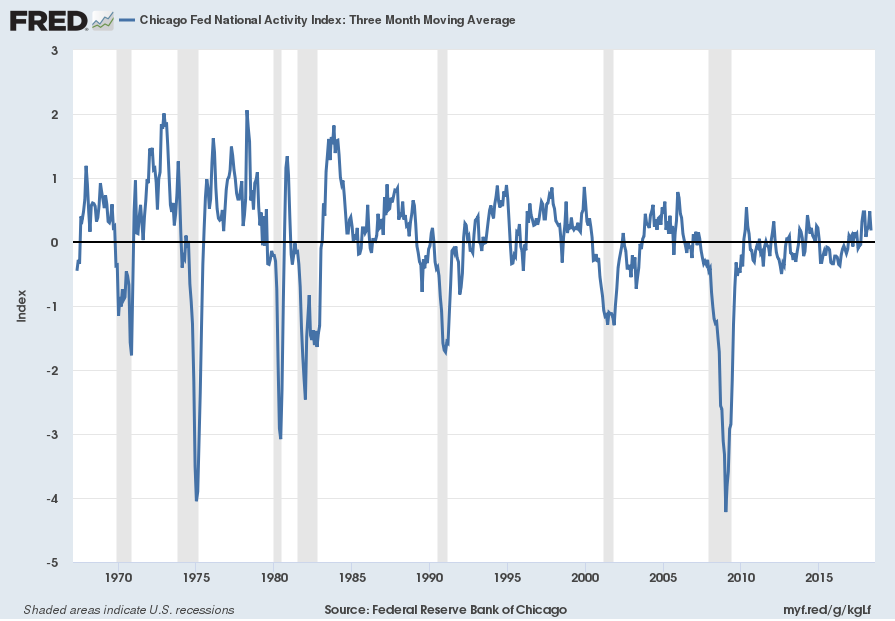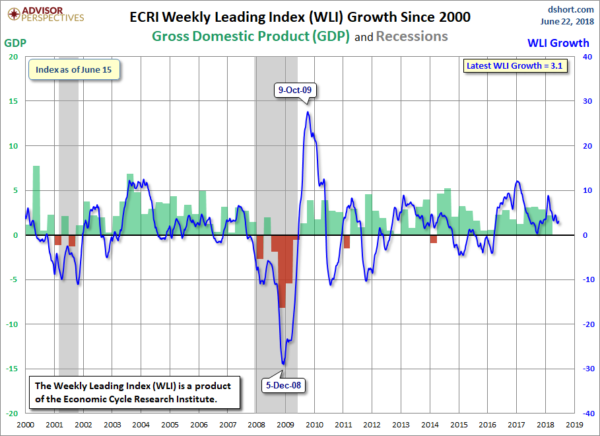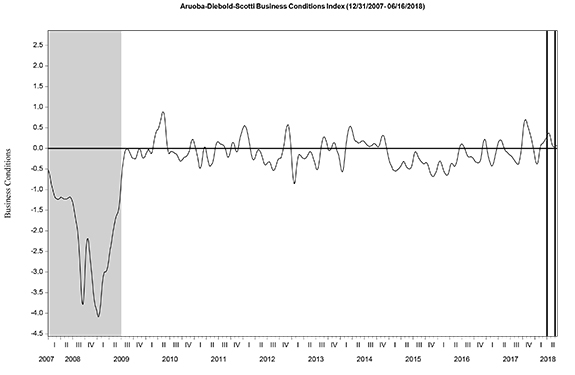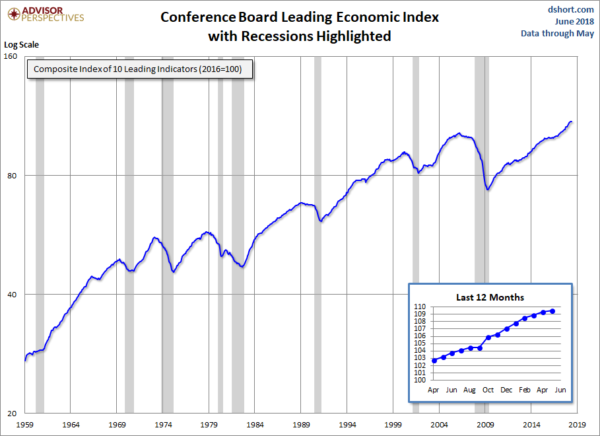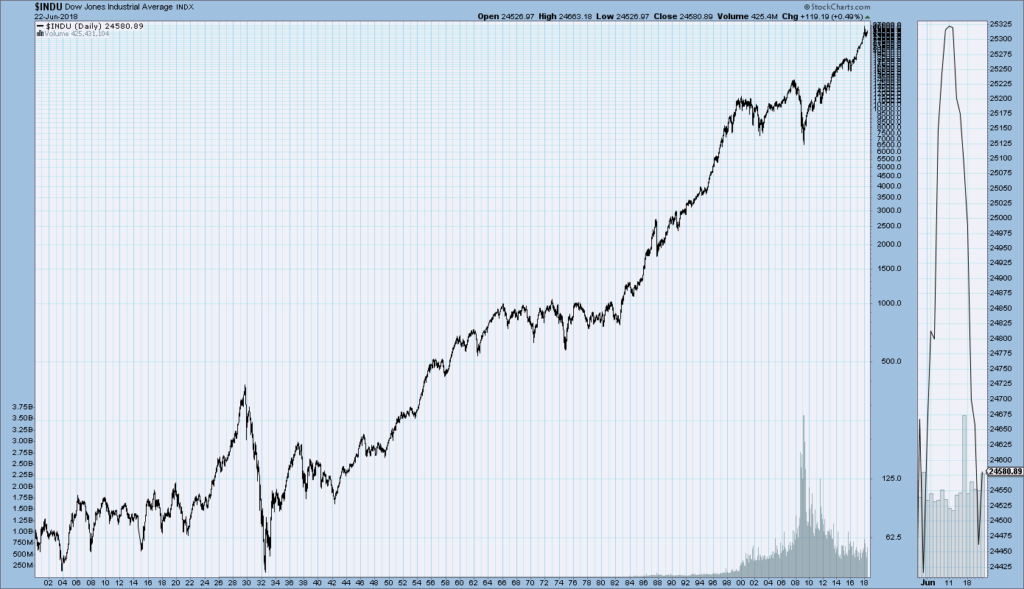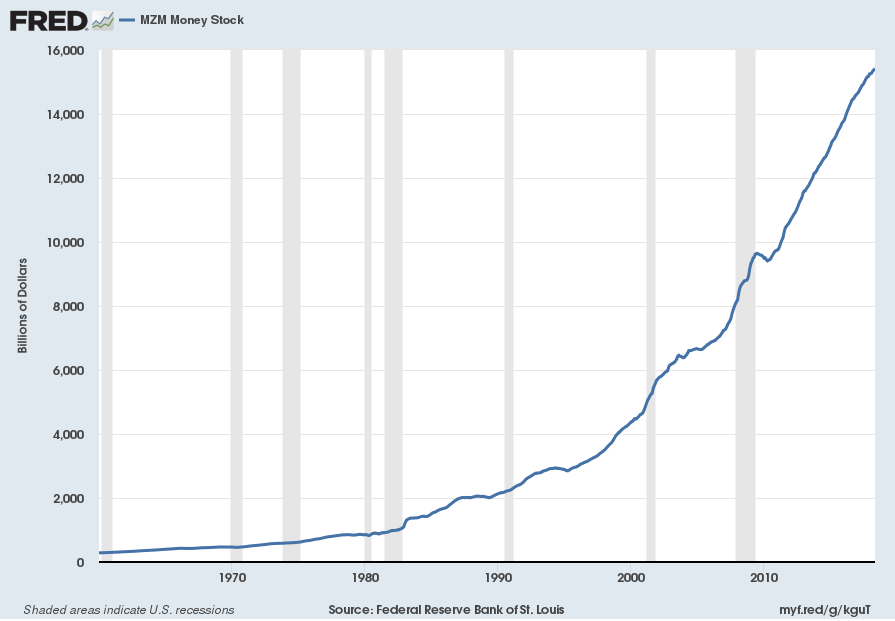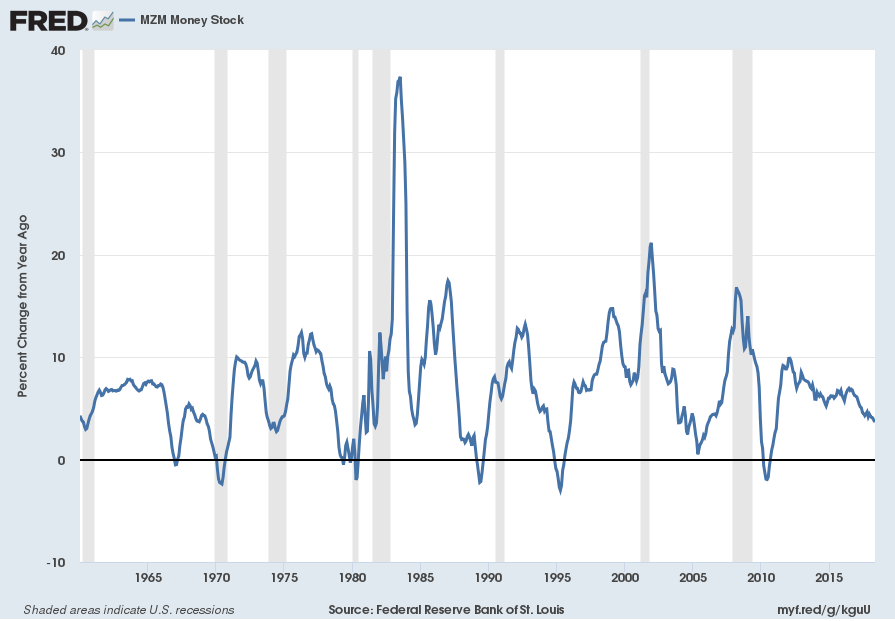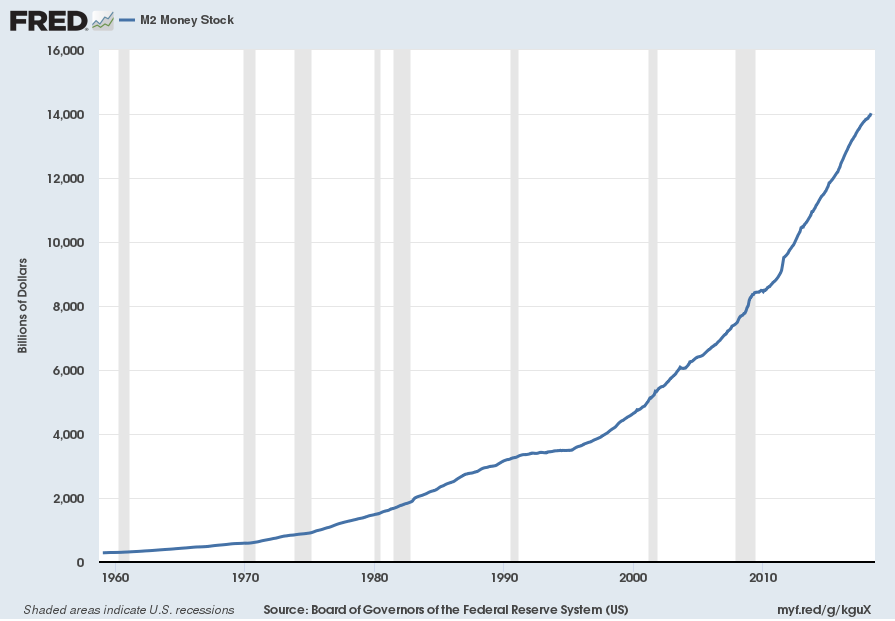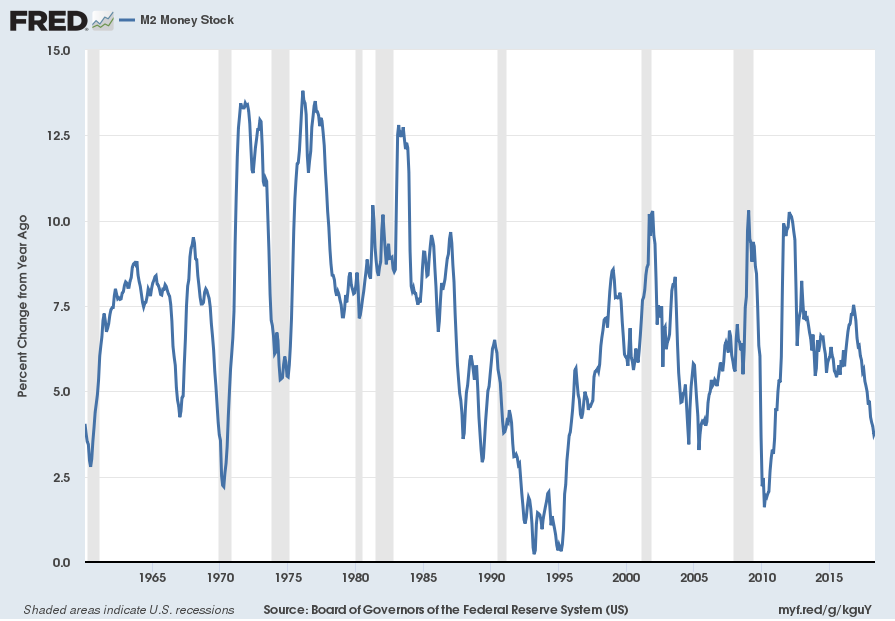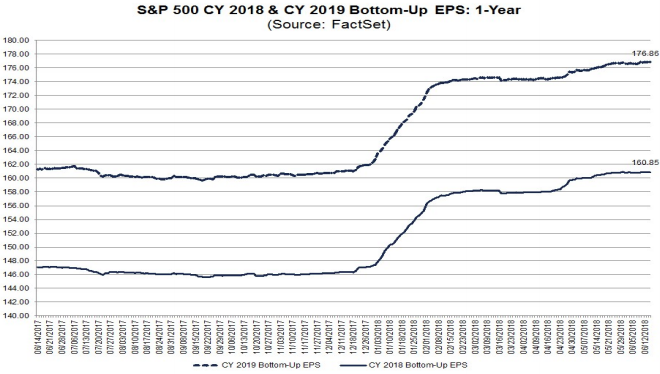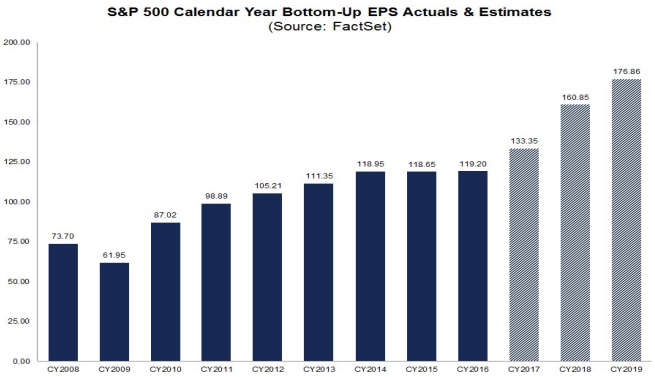Recently Deloitte released their “
CFO Signals” “High-Level Summary” report for the 2nd Quarter of 2018.
As seen in page 2 of the report, there were 172 survey respondents. As stated:
“Each quarter (since 2Q10), CFO Signals has tracked the thinking and actions of CFOs
representing many of North America’s largest and most influential companies.
All respondents are CFOs from the US, Canada, and Mexico, and the vast majority are from
companies with more than $1 billion in annual revenue. For a summary of this quarter’s
response demographics, please see the sidebars and charts on this page. For other information
about participation and methodology, please contact nacfosurvey@deloitte.com.”
Here are some of the excerpts that I found notable:
from page 3:
Perceptions
How do you regard the current/future status of the North American, European, and Chinese economies? Perceptions of North America improved, with 94% of CFOs rating current conditions as good (up from 90% last quarter and a new survey high), and 52% expecting better conditions in a year (down from 59%). Perceptions of Europe declined to 47% and 36%, respectively (both metrics remain near their survey highs), and China rose to 55% (a new high) and 31%. Page 6.
What is your perception of the capital markets? Seventy-three percent of CFOs say debt financing is attractive (down from 77%). Attractiveness of equity financing decreased for public company CFOs (from 43% to 36%) and increased for private company CFOs (from 35% to 45%). Sixty-three percent of CFOs now say US equities are overvalued—the lowest level in two years. Page 7.
Sentiment
Overall, what risks worry you the most? CFOs express strong external concerns about US politics (especially around trade policy), while concerns about economic risks, which had subsided over the last few quarters, began to rise. They again cite pressure to execute on their growth plans, voicing growing internal concerns about driving initiatives and finding talent. Page 8.
Compared to three months ago, how do you feel about the financial prospects for your company? The net optimism index fell from last quarter’s survey-high +54 to +39 (still quite strong). Forty-eight percent of CFOs express rising optimism (down from 59%), and 9% express declining optimism. Page 9.
Expectations
What is your company’s business focus for the next year? CFOs indicate a survey-high bias toward revenue growth over cost reduction (67% vs. 17%) and a somewhat lower bias toward investing cash over returning it (56% vs. 18%).
The bias toward new offerings over current ones grew this quarter (40% vs. 35%), and the bias toward current geographies over new ones increased slightly (59% vs. 16%). Page 10.
Compared to the past 12 months, how do you expect your key operating metrics to change over the next 12 months? Revenue growth expectations rose from 5.9% to 6.3% (the highest level in nearly four years). Earnings growth rose from 9.8% to 10.3% (a three-year high). Capital investment slid from 11.0% to 10.4% (still among its six-year highs). Domestic hiring rose from 3.1% to 3.2% (a new high). Technology and Retail/Wholesale showed substantial improvement. Page 11.
from page 9:
Sentiment
Optimism regarding own-companies’ prospects
After hitting a new high last quarter, net optimism declined this quarter, but remains relatively strong—despite substantial weakness in Mexico and Healthcare/Pharma.
Net optimism hit a survey-high +50 in 1Q17, then another new high last quarter at +54. This quarter’s net optimism declined to +39— significantly down, but still quite strong by historical standards. Forty-eight percent of CFOs expressed rising optimism (down from 59%), and 9% cited declining optimism (up from 6%).
Net optimism for the US declined from +55 last quarter to +42 this quarter. Canada declined from +47 to +33, while optimism in Mexico fell sharply from +38 to zero.
Sentiment was particularly strong in Services and Technology—both of which came in above +50. Retail/Wholesale and Manufacturing both declined sharply from last quarter’s highs (both were above +60). Healthcare/Pharma declined sharply to -33.
Please see the full report for charts specific to individual industries and countries.
from page 11:
Expectations
Growth in key metrics, year-over-year
After hitting multi-year highs last quarter, key growth metrics continued to climb this quarter. Capital spending remained strong in the US, but weakened in Canada and Mexico. Technology, and Retail/Wholesale showed substantial improvement.
Revenue growth rose from 5.9% to 6.3%, its highest level in nearly four years. The US rose to a two-year high. Canada rose above its two-year average, and Mexico rose to a three-year high. Technology leads; Services and Manufacturing trail.
Earnings growth rose from 9.8% to 10.3%, its highest level in three years. The US declined slightly, but remains near its three-year high. Canada rose to its highest level in nearly four years, while Mexico rose to its five-year high. Technology* leads; Healthcare/Pharma trails.
Capital investment declined from 11.0% to 10.4%, but remains at one of the highest levels in the last six years. The US remained near its five-year high. Canada declined and is below its two-year average; Mexico declined sharply to near its two-year average. Manufacturing and Retail/Wholesale are again highest; Healthcare/Pharma and Technology are lowest.
Domestic personnel growth rose from 3.1% to 3.2%, a new survey high. The US remained at last quarter’s high; Canada rose to its second-highest level in five years; Mexico rose to its second highest level in three years. Technology and Retail/Wholesale lead; T/M/E* trails.
Please see the full report for charts specific to individual industries and countries.
* Please note that, due to a very small sample size,
T/M/E was not used as an industry comparison point.
–
Among the various charts and graphics in the report are graphics depicting trends in “Own Company Optimism” on page 9 and “Economic Optimism” found on page 6.
_____
I post various business and economic surveys because I believe they should be carefully monitored. However, as those familiar with this site are aware, I do not necessarily agree with many of the consensus estimates and much of the commentary in these surveys.
_____
The Special Note summarizes my overall thoughts about our economic situation
SPX at 2767.32 as this post is written
